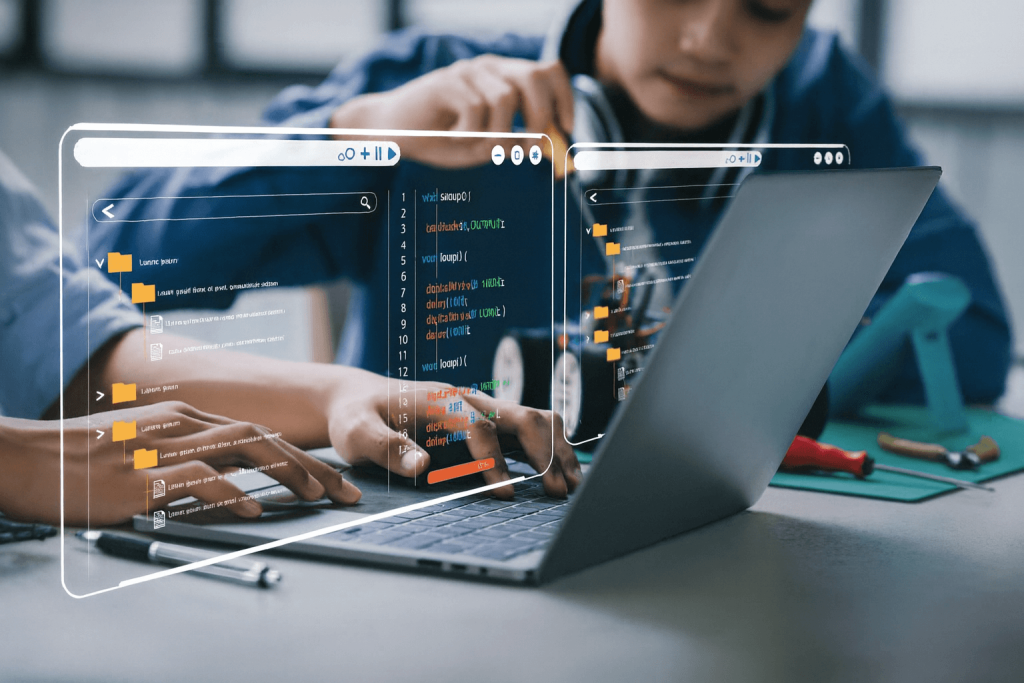The Role of Human Insight in Modern Digital Solutions
In a world where technology moves quickly, human insight remains essential. People bring context and intuition to systems built on data. This balance keeps outcomes fair and grounded. When decisions affect real people, human judgment gives meaning to the numbers. It ensures that results match values as well as goals.
Human decision makers are also vital for testing assumptions built into models. Data can be biased or incomplete. People can notice gaps and adjust approaches to stay aligned with ethical standards. This approach reduces risk while improving outcomes.
Companies that invest in skilled teams can better guide automation. This makes services stronger and more reliable. It also improves trust from clients who want transparency and accountability.

The right mix of human skill and digital tools can transform industries. Legal client networks, healthcare, and finance all benefit from this approach. By valuing human knowledge, organizations protect both performance and reputation.
Why Machine Learning Needs Human Perspective
Machine learning can discover patterns faster than any person. Yet without human perspective, even the best model can miss crucial factors. People understand social and emotional contexts that machines do not. They can judge subtle signals in customer behavior and predict how policies will affect communities.
This interaction creates more accurate predictions. Human reviewers can correct errors and tune the model for better performance. When combined with technology integration, the result is a system that learns and improves over time.
The process also depends on effective training. Staff must understand both the data and the context. A clear training plan builds confidence and reduces mistakes. It gives employees a sense of purpose and ownership over the system they guide.
This human-machine partnership also helps in risk management. People can apply ethical standards, industry regulations, and practical experience to the decision process. This keeps technology aligned with company goals and public expectations.
How Data Integration Shapes Better Decision Models
Modern businesses collect data from many sources. Digital collaboration connects these streams and turns them into actionable insights. Without integration, each dataset sits in isolation. This limits the power of machine learning and human analysis alike.

Data integration helps reveal connections across different departments. Client support, marketing, and operations can share a unified view. This supports better planning and faster response to client needs. It also improves professional development by giving teams a wider view of the organization.
Legal client networks rely on secure data sharing to manage sensitive information. Strong integration improves accuracy while protecting privacy. It allows professionals to make faster decisions based on the best available evidence.
PNCAi highlights the importance of combining technology with human oversight. By investing in secure and well-designed systems, companies can provide services that meet high standards. This benefits both clients and employees.
What Drives Trust Between Clients and Intelligent Systems
Trust develops when systems are transparent and outcomes are fair. Clients want to know how decisions are made. They also want reassurance that human oversight is present when stakes are high.
Clear communication builds this trust. When employees explain how models work and how human judgment applies, clients feel confident. This increases client satisfaction and long-term loyalty.
Ethical standards also matter. Data privacy, fairness, and accountability guide the design of intelligent systems. Combining human oversight with strong policies ensures that technology serves the right purpose.
Professional development supports this trust. Teams must stay current with changing regulations and technical standards. This requires ongoing learning, not a one-time effort. By empowering staff, companies strengthen their reputation as a reliable partner.
This approach also improves collaboration between teams. By sharing knowledge, staff gain a better understanding of the full system. This makes them more effective and adaptable.
Future Directions for Ethical and Effective Technology
The future of intelligent systems depends on ethical and practical considerations. More companies now recognize the limits of automated decision making. They see the value of a balanced approach that keeps humans in the loop.

Technology integration will continue to grow. This will expand the reach of machine learning into new areas such as health, education, and environmental planning. Yet human oversight will remain vital. It ensures that decisions support society rather than only efficiency.
Client support teams will also evolve. They will combine analytical skills with emotional intelligence to deliver better outcomes. Digital collaboration tools will make this work easier and more transparent.
Training programs will expand to teach staff about data ethics, privacy, and risk management. This will prepare the workforce for new challenges. It will also help companies stand out as leaders in responsible innovation.
External experts such as university research groups and non-profit organizations provide valuable guidance on ethics in AI. For more information about the ethical use of data in technology, see https://en.wikipedia.org/wiki/Ethics_of_artificial_intelligence.
Creating Stronger Connections with Expert Guidance
Organizations that want better outcomes must blend technology with human insight. They need systems built on trust, transparency, and strong policies. By investing in staff development and secure systems, companies gain a competitive advantage.
Clients respond to companies that show care and expertise. They prefer working with partners who combine innovation with responsibility. This approach builds loyalty and long-term growth.
If your organization wants to explore new ways of blending human judgment with machine learning, our team can help. We provide guidance on secure data integration, digital collaboration, and training for your workforce. Together, we can create solutions that improve outcomes for your clients and your team.
Visit https://www.nist.gov/itl/ai-risk-management-framework to learn about standards for AI risk management. Then reach out to us to discover how we can help you apply these principles in your own organization.



